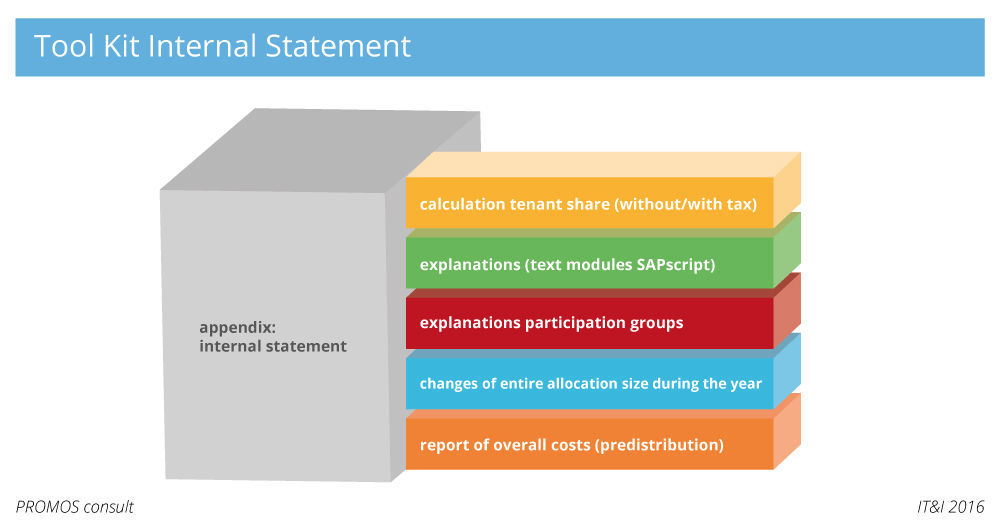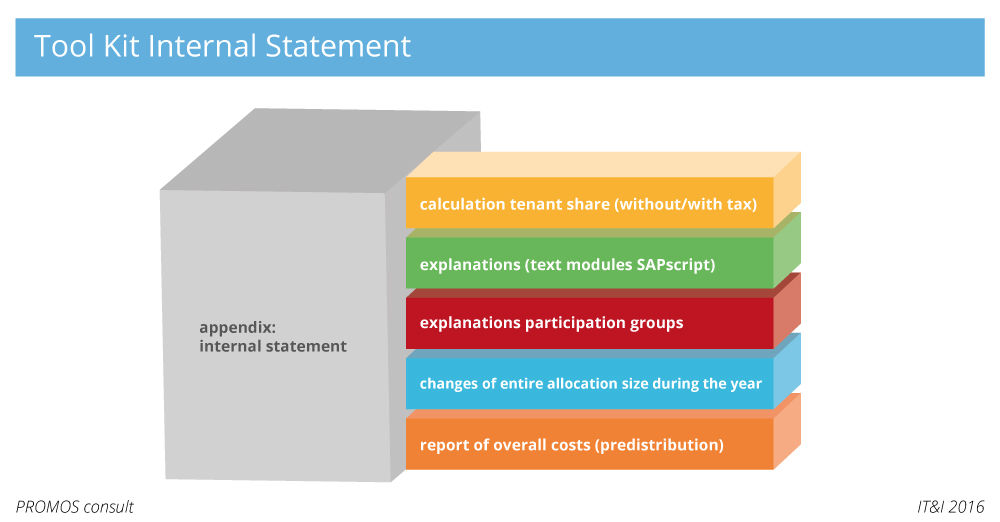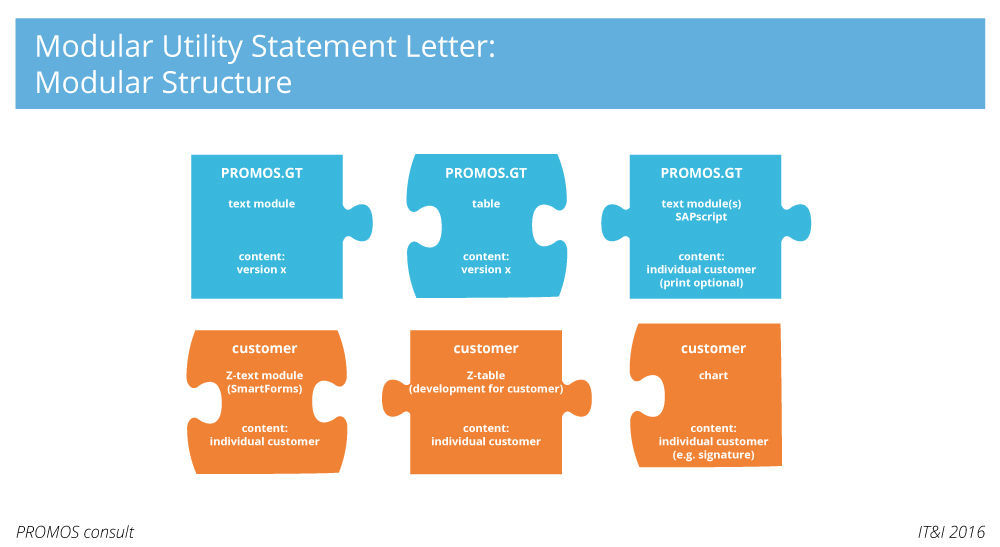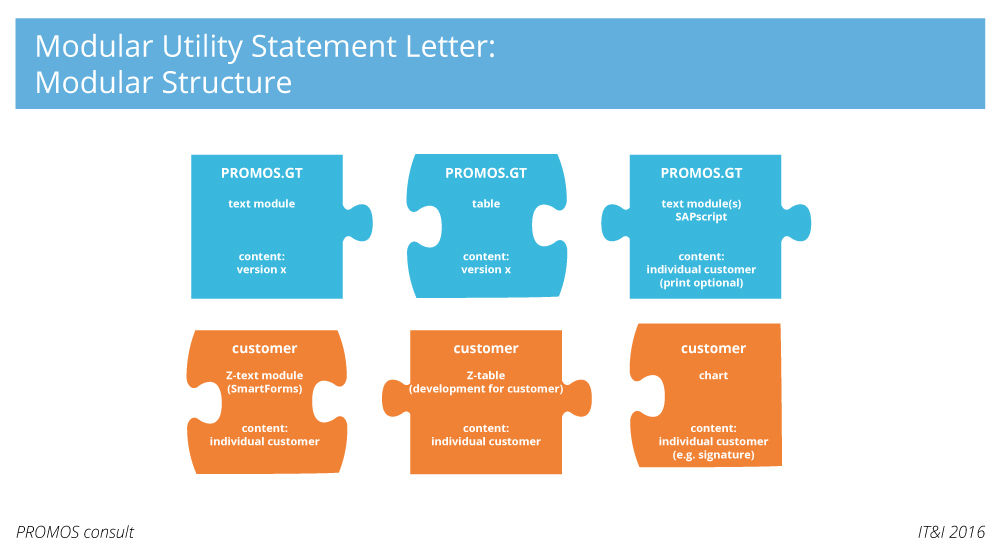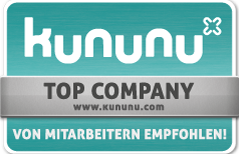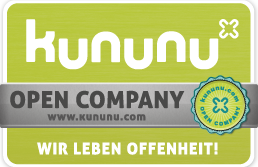Mix and match – the new modular utility statement letter

Utility statements are one of a landlord’s main duties. They not only require a great deal of time and personnel expense, but are also becoming increasingly complex, among other things as a result of the many regulations and principles that have to be considered. How much easier would it be if the housing company could prepare the statement letter individually without sacrificing much time? PROMOS has developed the modular utility statement letter for precisely this purpose. Just like a construction kit with various different building blocks, the components can be combined via customising to form a customer-specific utility statement letter.
Individuality despite tool kits
In the past, utility statement letters had to be created individually for each company, which took up a great deal of time and was thus expensive. But why go to such effort when there is an easier way? After all, many of the components of a statement letter are identical for every company, for example the letter or the internal accounting. Components of this kind have been bundled into tool kits, which are available in the PROMOS standard solution. The modular utility statement letter is therefore nothing more than a catalogue developed from a varied range of standard components from which the customer can compile an individual statement letter.
The standard tool kit includes the following:
- The letter
- The “Summary” appendix (if there are several rental objects per contract)
- The “Internal utility statement” appendix
- The “External utility statement” appendix (based on E records)
- The “Wage costs in accordance with Section 35 of the German Income Tax Act (EStG)” appendix
- The “Tenant’s response: account details”
- The “Tenant’s response: issue SEPA direct debit mandate”
The individual tool kits contain various modules. The largest of these is the tool kit for the internal utility statement, which is divided into five areas (see Figure 1) that can be presented as an integrative component of the appendix or separately in its own appendix. You can configure whether the areas are shown or hidden, the sequence and the structure on the basis of the modules in a flexible manner in customising.
Standard modules are available for all tool kits in the form of various versions of texts, tables and graphics. In addition, it is possible to add customer-specific modules to the module catalogue (see Figure 2).
As well as the modules that can be combined as required, check fields are available for checking data constellations and controlling the output according to the results. The settlement table in the letter or the text following the settlement result, for example, depend on whether the overall utility statement resulted in credit or an additional charge, whether the lease-out is active or has ended, whether the tenant is liable for VAT and whether “Debit” or “Cash payer” is saved as the payment method. Thanks to this modular structure, the utility statement letter from PROMOS is flexible and scalable and, although standard modules are used, it remains individual.
With regard to the overall layout, it is possible in customising to define layouts for the letter and for all appendices. These contain various form properties, such as the top or bottom margin, window heights and widths, side margins and printing modes. The customising settings can also be used to influence the print output, such as the presentation of costs directly allocated to the rental object or lease-out.
Customising has its price
Now imagine that Porsche again; a red one, standing in the car dealership and labelled with a large price sign. If you like this Porsche as it is, all you have to do is pay the named price and you can take the car with you immediately. However, if you want silver metallic stripes instead of the red paint and you prefer silk seat covers to the black leather seats, additional fittings (which cost extra) are added to the standard car. This is reflected in the price as well as the production duration.
The utility statement letter is similar: if your draft of a utility statement letter can be produced using the existing standard modules from the catalogue, you benefit from the PROMOS standard. However, special individualisation is not excluded. In addition to the selectable modules, it is also possible to make individual adjustments and add them to the tool kit system. The disadvantage of this is that the required work and time are uncertain, and it is therefore difficult to define the costs – just like with the additional, chargeable fittings for the Porsche in our example.
Summary
With the modular utility statement letter in PROMOS.GT, you not only reduce your implementation, testing and maintenance workload, but thanks to the encapsulation of the individual components also the effort required for all subsequent adjustments. This not only saves you time and costs, but also contributes to a significant increase in quality.
Author:

Jörg Stibbe
Professional Consultant Real Estate Consulting
PROMOS consult
Other articles by this author:
